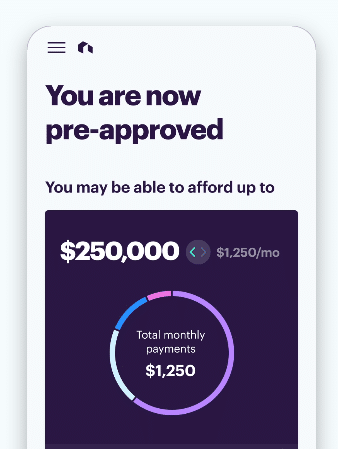The Dark Side of Emerging Payments, and What to Do About It
Let’s try an exercise. Reach into your wallet or purse and pull out a dollar. Now go to your favorite online shopping site using your desktop or mobile phone and pick something to buy — the baseball season is still young, so I’ll choose a pack of baseball cards for my son. When you get to the checkout, try to pay with your dollar bill.
Unless you can jam the dollar into a USB port, that bill can’t buy you a peanut online.
And therein resides the great revolution in banking in this nation today. That physical dollar in your hand is becoming less useful as more purchases are made online or with a mobile device. By 2015, e-commerce and m-commerce could collectively account for 20% of the $8 trillion of global sales.

To be sure, banks, credit card companies, startups, cell phone companies, even Google are vying to own the new US Digital Mint. Their efforts are coming in various forms, from creating “virtual wallets” to manufacturing alternative currency, as Facebook is doing with its Facebook Credits. A consumer today simply must pay for online or mobile goods with an “alternative” currency. It could be a credit card or debit card, or it could be a “currency” unique to the retailer. Starting July 1, for example, merchants that want to sell stuff on Facebook must do so with Facebook Credits, the site’s homegrown currency. And what are the terms of Facebook’s currency? Facebook charges $0.13 to redeem each credit. In other words, Facebook charges a 13% premium – just for the right to pay for stuff.
That these purveyors require no registration with the government, no license, are free to set whatever terms they want, is of concern as the population of ventures “printing” digital dollars expands.
The dollar – the one you are holding — remains relatively secure; its fiat “value” has never markedly depreciated or deviated from state to state. Credit the federal government’s backing for that. Will Verizon “dollars” enjoy the same confidence? Or what about FarmVille’s Farm Cash? Will the value of a Facebook Credit be the same as the value of a virtual dollar on iTunes? The fact is virtual currency will create a casino of currencies with various valuations. And that makes the situation ripe for consumer abuse.
But the risks go beyond that. Today, the Federal Reserve controls monetary policy, and it does so through the control of M2, the money supply. Is it possible for the Fed to lose control of the 20% of the money supply in virtual form, if terms and conditions on that capital can be changed by private enterprise? The velocity of capital is already so fast that the act of simply lowering or raising interest rates has not been a sufficient tool for the Fed since the credit crisis, which is why it has been forced to use its balance sheet to control monetary policy. The Fed’s job might grow all the more difficult with a confederation of digital currencies floating around. I know, it seems far-fetched, but we’ve seen what happens when Americans start a run on the U.S. banking system.
And what of the cost of this virtual money? Ostensibly, consumers will pay both the federal government to manufacture greenbacks, and, say, PayPal to provide electronic dollars to buy a song online. That fee to PayPal has a deleterious economic effect, not to mention a regressive one on citizens in lower income brackets – if they can even gain access to e-commerce or m-commerce at all. Treasury is printing dollar bills without regard for profit. The same cannot be said for PayPal.
A core function of government since the beginnings of civilization has been to provide legal tender. Yet, there is no indication today that anyone in the Obama administration is considering the potential repercussions of giving up ownership of currency making. On March 25, the Federal Reserve published a report on mobile money, however, nowhere in the 57-page report was there even a mention of the possibility of government assuming any degree of ownership over digital currency. There has been talk recently of retrofitting several existing regs to address mobile money, but so far it is just talk.
I think that’s a mistake. With the risks inherent in the privatization of money, the federal government should at least consider transforming the US Mint into the US Digital Mint, but for the sake of the American consumer – and the almighty dollar.











